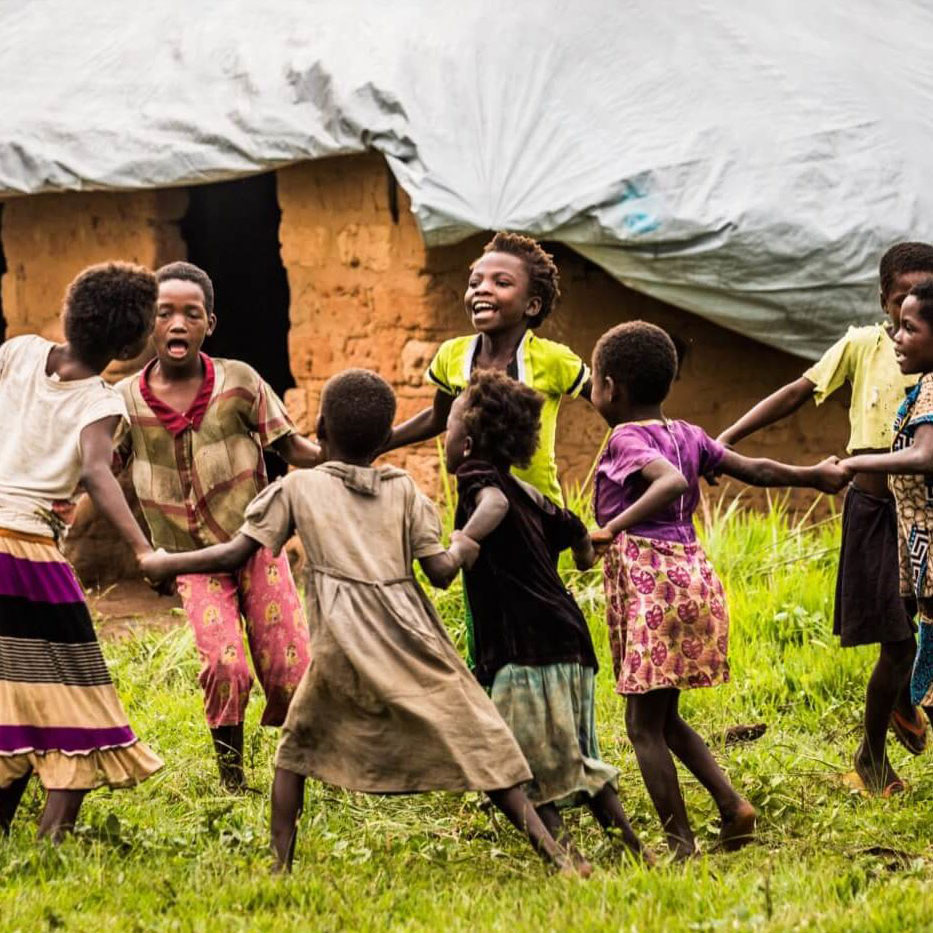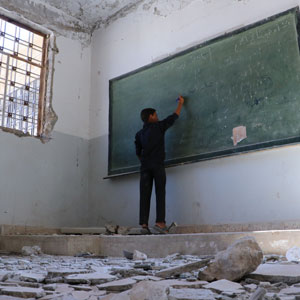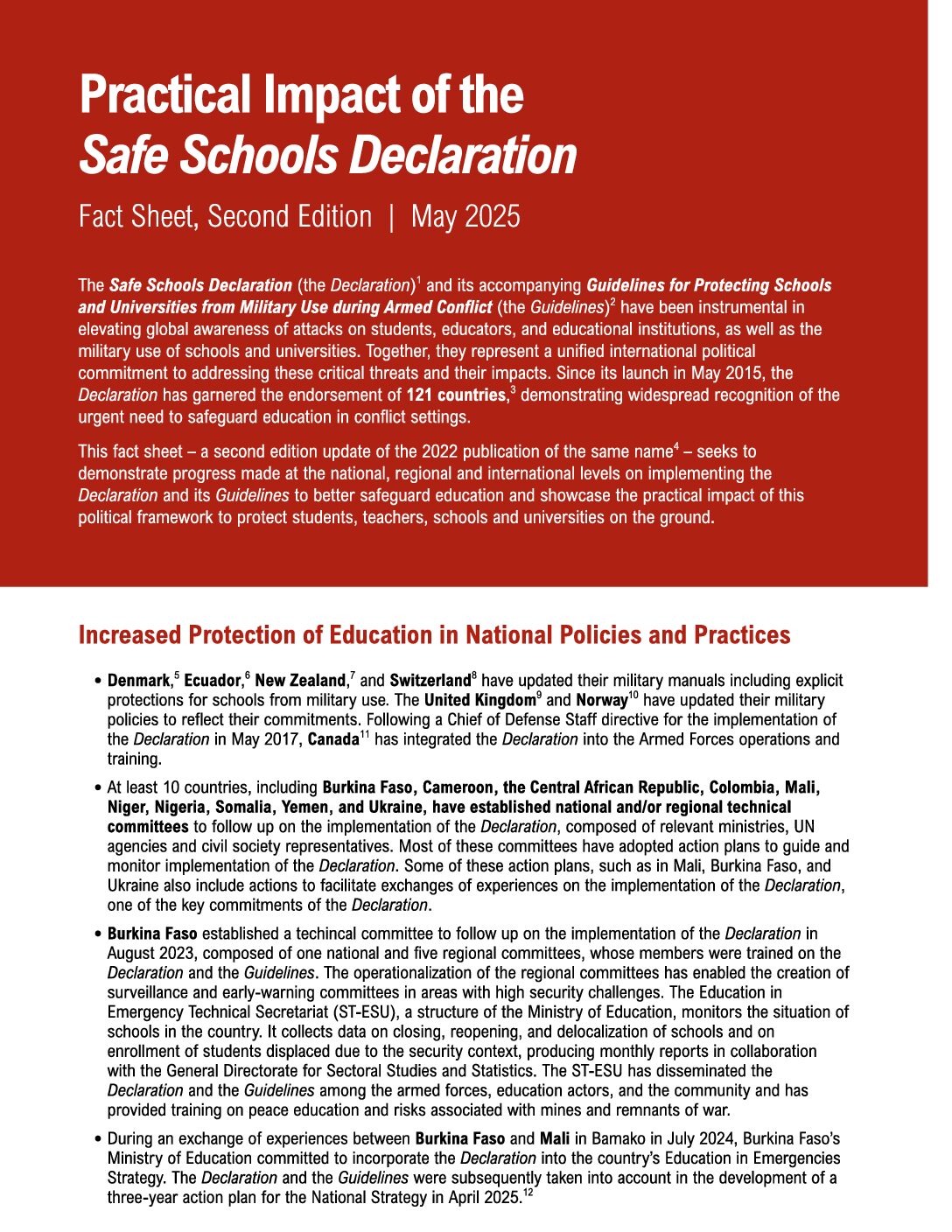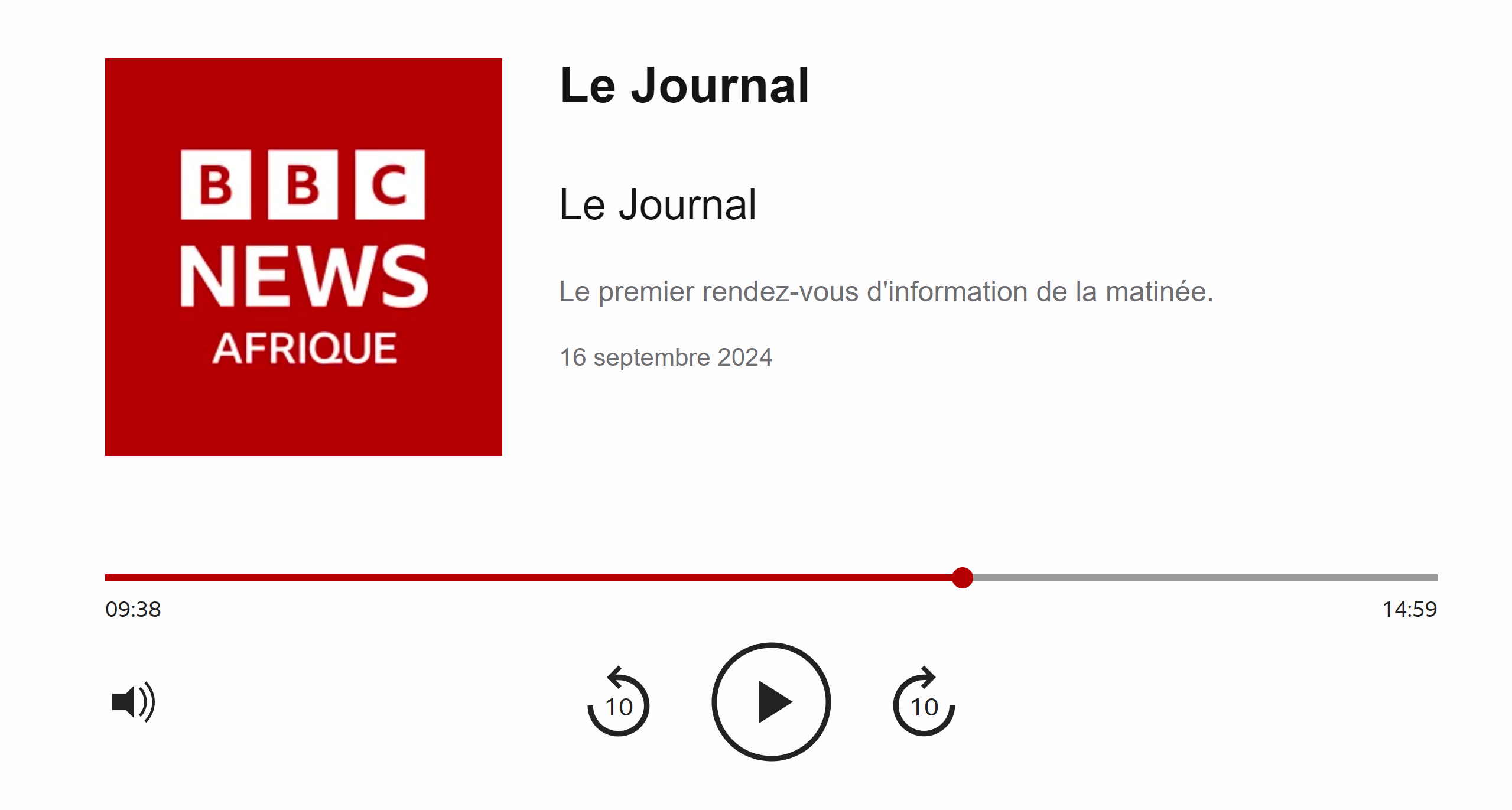GCPEA News
Guest Post: Protecting Schools and Universities from Military Use
Opinio Juris, December 16, 2014
by Bede Sheppard
[Bede Sheppard is the deputy children’s rights director at Human Rights Watch, based in Barcelona]
At an event at the United Nations in Geneva this morning, the ambassadors of Norway and Argentina unveiled a set of six new “Guidelines” aimed at better protecting schools and universities from being used for military purposes during times of armed conflict. They are intended to respond to the practice of government forces and non-state armed groups converting schools and universities into bases or barracks, or using them as firing positions or places to cache weapons and ammunition.
This practice endangers students and teachers by turning their schools into targets for enemy attack. Students and teachers have been injured and killed in such attacks. It also exposes students to sexual violence, forced labor, and forced recruitment by the soldiers sharing their schools. Students must either stay at home and interrupt their education, or study alongside armed fighters while potentially in the line of fire.
The Guidelines urge all parties to armed conflict to refrain from using schools or universities for any purpose in support of the military effort, but state specifically that “functioning schools” should not be used, even if it is outside of normal school hours, or during the weekend or on school holidays. Schools that have been abandoned or evacuated because of the danger presented by the armed conflict should also not be used, except in circumstances in which fighting forces are presented with no viable alternative, and only as long as no choice is possible between such use of a school and another feasible method for obtaining a similar military advantage. The Guidelines reiterate the prohibition on destroying a school as a measure intended to deprive opposing parties of the ability to use them in the future, and provide guidance on how to respond if enemy forces are using a school, or if military forces are the only option for providing essential security in response to threats of an attack on a school.
Concerns about the negative consequences of where soldiers are accommodated—and resulting efforts to regulate their billeting—date back a long time. The protections of the Third Amendment to the US Constitution, which restricts the quartering of soldiers in private homes, are probably the most widely known, but as far back as 1131, England’s King Henry exempted the city of London from forced billeting.
Special protections for schools during conflict also have a long history. In 1621, troops of Sweden’s King Gustav II Adolphus fighting in the Thirty Years War were read articles of war that included a prohibition on destroying schools—unless appropriately commanded to do so.
These days there is broad international law requiring parties to armed conflicts to spare civilians and civilian property as much as possible the hazards of war and guaranteeing the proper working of education institutions and children’s right to education. But the lack of explicit standards or norms protecting schools from use in support of the military effort has meant that fighting forces often do use education institutions. In the past decade, armed forces have used schools in at least 25 countries with armed conflict, including in Africa, the Americas, Asia, Europe, and the Middle East.
The Guidelines are the result of a three-year international consultation, known as the “Lucens Process” after Chateau de Lucens outside of Geneva, where military, diplomatic, education, and children’s rights experts met in 2012 to initiate the drafting of the Guidelines. The Guidelines do not intend to change international law, but reflect existing obligations under both international humanitarian law and human rights law, as well as current examples of good practice by armed forces and armed groups.
Armed forces and non-state armed groups are encouraged to incorporate the Guidelines’ protections into their own domestic military doctrine, policy, and trainings. This echoes the call by the UN Security Council earlier this year, which encouraged all member states to “consider concrete measures to deter the use of schools by armed forces and armed non-State groups in contravention of applicable international law.”
A handful of countries—notably, many with first-hand experience of the negative consequences of military use of schools—have already sought to explicitly ban or regulate the practice. For example, the Philippines has prohibited the practice through legislation, South Sudan through military orders, Nepal through executive action, and the United Kingdom regulates it in its manual of armed forces law. In India and Colombia the judiciary has taken up the task of moving troops out of schools. Laws in a number of South American countries and elsewhere provide protections for universities from interference by security forces or requisition. Some non-state armed groups have adopted protections for schools from military use too.
Twenty-nine countries have publicly expressed their support for the process of developing these Guidelines. In 2015, Norway will host an international conference during which countries can endorse the Guidelines and make specific commitments to incorporate them into their own domestic military doctrine and policy. If this conference is a success, the number of examples of good practice can soon be expected to grow.




